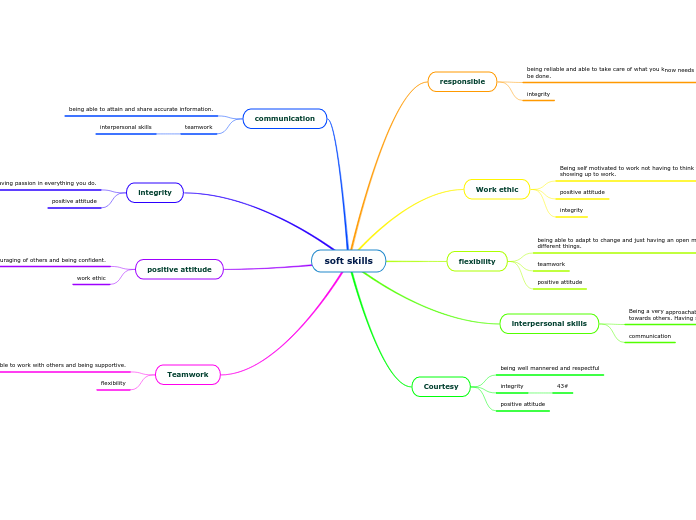Online vs Traditional Teaching
Online
Learning Time:
Available 24/7 to students with internet access.
Communicaiton:
Occurs at students pace
Informal Assessment:
Cannot use insticts to judge student frustrations. Must rely on instant quizzes, discussion boards, and other means.
Resources and Homework:
Student work and resources are always available and never lost.
Support:
Peer, teacher, are forums can provide constant support for student learning.
Support might not be instant if others aren't available.
Differentiation:
Student learning can easily and timely be differentiated per student and not student groups.
Technology Bugs:
Requires reliable internet.
Collaboration:
Students can collaborate outside the classroom, simutaneously work on documents, and work together without being together.
Lerning Environment:
Students can feel safe at home, and have a voice without being talked over. Bullying still must be monitored.
Classroom:
Student centered
Online and Traditional
Subtopic
Curriculum:
Facilitator must still make student learning objectives relevant and rigorous.
Teacher must still engage students.
Assessments can still be authentic and administered.
Educational Standards must still be met.
Student learning is the important thing.
Traditional
Learning Time:
Limited to when in class
Communication:
Instruction is done sycnronously
Informal Assessment:
Can get body language clues of student comfort
Paperwork:
Easy for students to lose papers and homework
Support:
Peer and teacher support and feedback can only be given when present
Support is usually instant when in the class.
Differentiation:
Uses alot of class time and hard to truly individualize.
Technology Bugs:
Learning doesn't require internet access or technology to work.
Collaboration:
Can only occur in class together.
Learing Environment:
Safe condusive learning environment must be set by the teacher.
Classroom:
Can be teacher or student centered









